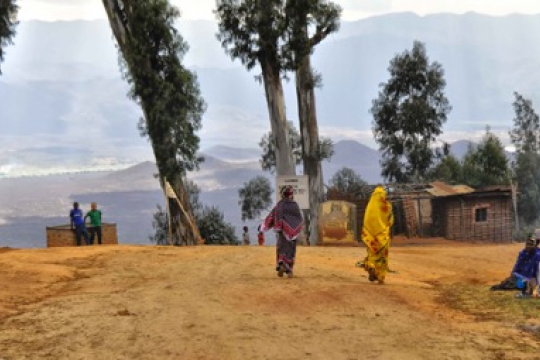Abstract
Despite the great strides by the government of Tanzania in bolstering access to electricity in rural areas under its Rural Energy Agency (REA), rural connection rates have remained low. A substantial fraction of households residing “under the grid” remains unconnected despite the considerable state subsidy of this program. This study investigates the reasons for the low uptake of seemingly highly subsidized, productive, and modern energy. Using both bivariate and multivariate logit, we find that the distance between the household and the nearest electric pole matters. Households living farther away incur connection costs (associated with purchasing additional poles) beyond the subsidized price. Consistent with other energy literature, we find that both housing characteristics (e.g. size of dwelling, wall, and roofing materials) and socio-economic characteristics (e.g. income, remittances, and social network status) correlate with the decision to accept an electricity connection.
Keywords: electrification; household decision; Tanzania; multinomial logit analysis




